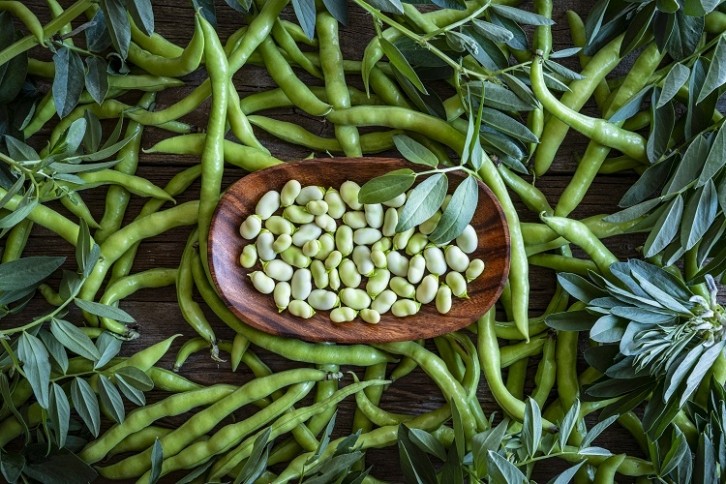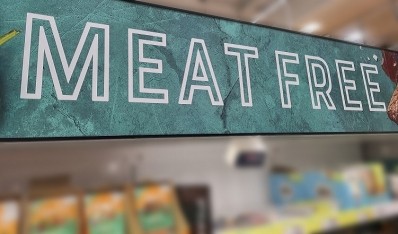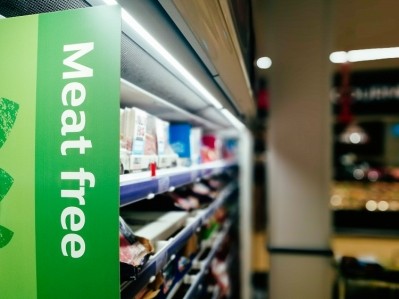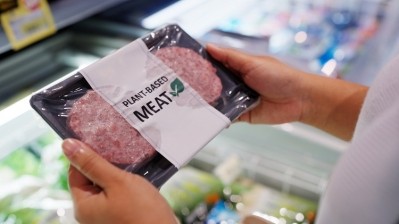Can fava beans grow in Europe?

Traditionally, fava beans have been used to feed animals. But now, they are sought after for humans because they are rich in fibre and because their high protein content makes them a good alternative to meat protein. Since they are normally grown to feed animals which will then feed humans, why not cut out the middleman (or middle cow)?
Fava beans can also be grown in Europe, meaning that tracing them to their origin is far less complex for European food companies than is the case with many commodities. With the EUDR waiting in the wings, this is even more important.
What are the benefits of fava beans?
The fava bean, according to Rosmarie Reuss, Senior Consultant for the consultancy Eura AG, has a higher protein content than many other alternative proteins.
“This is one of the reasons why it’s become more and more interesting for human food products,” she said at the Smart Protein closing conference in Berlin last week.
There is also great flexibility in what fava beans offer as an ingredient, she said.
The fava bean plant, said Berend Jürgen Erling, CEO of Roland Beans, at the conference, is “good for nature. It’s collecting nitrogen from the earth, it's a flowering plant which is good for the bees, it improves the soil.”
What are the issues facing fava bean production in Europe?
Fava beans are grown in Europe, at an average price, according to Eura AG’s Reuss, of €420 per tonne. In terms of yield, it is similar to soya.
However, all is not well in the world of fava bean cultivation. “There are,” said Reuss, “between the various stages of the value chain, always gaps which are not yet filled.”
Fava beans for humans and animals
Feed-grade fava beans, fava beans grown for animals, is much cheaper to buy than fava beans grown for humans. The reason for this is that feed-grade proteins often have significantly less protein than the more processed food-grade, and would not have the same functional benefits.
Problems can occur, she said, in the process of finding the right culture, the right country and the right region for the right cultivar. Another challenge is upscaling this process.
“The volumes are sometimes very low and unreliable due to the conditions we find in Europe,” said Reuss. The infrastructure needed to process EU-grown protein also needs to be developed, she suggested.
Furthermore, the industry is poorly developed in Europe. “A lot of fava beans used for (alternative protein) processing are still imported. We have no real link between farmers and industry. We still have a high cost of fuel for crops.”
In order to ensure that fava bean production in Europe does not falter, cooperation is vital, Roland Beans' Erling told FoodNavigator. “Reliability is key to the supply chain; reliability on one side and cooperation on the other side. Nobody can be an expert in the whole supply chain, and I think it's key to focus on cooperation and development of cooperation, because everybody in the supply chain can contribute something. In the end we all need to work together to have a good product which the consumer will really like. So cooperation speeds up the process. Working together is key.”
What climate does the fava bean need to grow?
Fava beans, like most crops, depend on particular climatic conditions to grow well. “Fava bean likes wet soil,” Erling told us.
Difference between faba and fava beans
While ‘fava’ and ‘faba’ are often used interchangeably, fava beans are actually the edible seeds of the faba bean crop.
“It depends on the region where we are growing of course . . . at the coast we have more humidity so it’s preferable for fava bean.”
He compared fava bean to pea protein. Peas, he said, prefer dry conditions to grow. “Fava likes wet soil and pea likes dry soil. In wet soils the fava bean gives better yields, not only in quantity but also protein.”
Fava bean, he added, has a lot going for it when compared to its fellow green legume, pea. “It's a higher yielding crop and it's a higher protein content then pea. So the protein per hectare is far superior to pea.”
Amended on 31/5/2024 to better reflect Berend Jürgen Erling's position


























